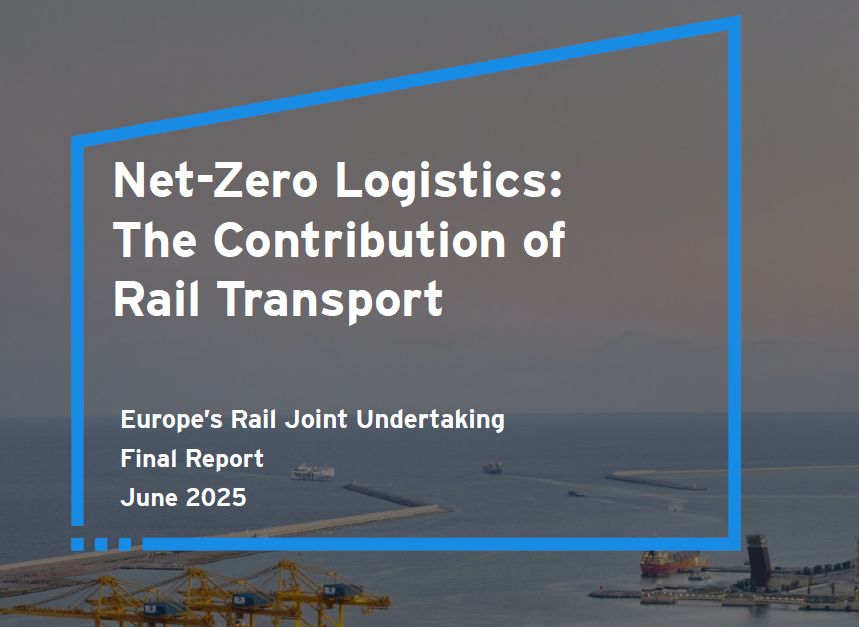Europe must take decisive steps to simplify and modernise its rail systems to strengthen competitiveness,...
Critical rail infrastructure components include:
Tunnels: smoothing the passage of trainsunder potential obstacles
Bridges: enabling trains to travel overpotential obstacles
The Challenge
Much of Europe’s rail infrastructure is nearing its end of life, and no longer meets today’s stringent requirements. On top of this, growing demand for passenger and freight capacity means:
• less time to access bridges and tunnels for inspection and repair → faster deterioration of structures
• in the long run, delayed damage detection →
longer, costlier repairs → extensive track closures
Rail must improve the quality of inspections while reducing corrective maintenance costs.
How we do this?
By using innovative, sometimes automatic, solutions to proactively assess, repair and upgrade rail infrastructure. Shift2Rail 5 Technical
Demonstrators do exactly that, with a focus on long performing tunnels and bridges.
Long performing tunnel solutions
Tunnel drainage, health, and structural monitoring
Tunnel repair technologies
Description
• Tunnel Substructure Investigation Radar (TSIR) system produces 3-D images of tunnel subsurface morphology
• Fibre optics enhance tunnel structural monitoring
• Faster drainage restoration (e.g. longdistance flushing systems, improved pipe materials)
• Faster replacement of damaged lining (e.g. 3-D scanning, tailormade spare parts)
• Adaptable, tailored lining: fibre reinforced concrete applied by robotic shotcrete technology
Who benefits
Infrastructure managers
Railway operators
Infrastructure managers
Railway operators
THE BENEFITS OF LONG PERFORMING TUNNEL SOLUTIONS
Easier, faster, higher quality inspections – and repairs – of diverse tunnel types at various stages of deterioration
Long performing bridge solutions
Railway bridge health monitoring
Bridge service capability improvements
High-speed low-cost bridges
Description
• Optical monitoring
• Virtual monitoring of critical components for enhanced fatigue capability utilisation
• Scour monitoring from train-induced vibrations
• Shear capacity (e.g. shear strengthening technology used on concrete bridges without disrupting traffic)
• Fatigue capability
• Classification capacity (e.g. a new model determining stresses in bridge components)
A new methodology to estimate damping coefficients in bridges for high-speed trains. Researchers assessed bridges under rapid cyclic loading, and with nonballasted tracks.
Who benefits
Infrastructure managers
Infrastructure managers
Railway operators
Infrastructure managers
Railway operators
THE BENEFITS OF LONG PERFORMING BRIDGE SOLUTIONS
• Improved bearing capacity and fatigue capacity
• Extended bridge life, thanks to better fatigue assessment
• Reduced noise and vibrations for train passengers and nearby residents
• Reduced over-engineering and traffic disturbance
The findings also enable:
• better design of future bridges and high-speed trains
• the revision of a European standard for traffic loads on bridges
Did You Know?
These innovations can extend the remaining life of existing bridges by more than 10 years on average
Key Finding
These new technologies can reduce expensive tunnel and bridge inspections by 50% while improving safety and quality
Fast Fact
The EU rail network includes:
• more than 3 000 km of tunnels over 1 km long
• more than 200 000 bridges

















